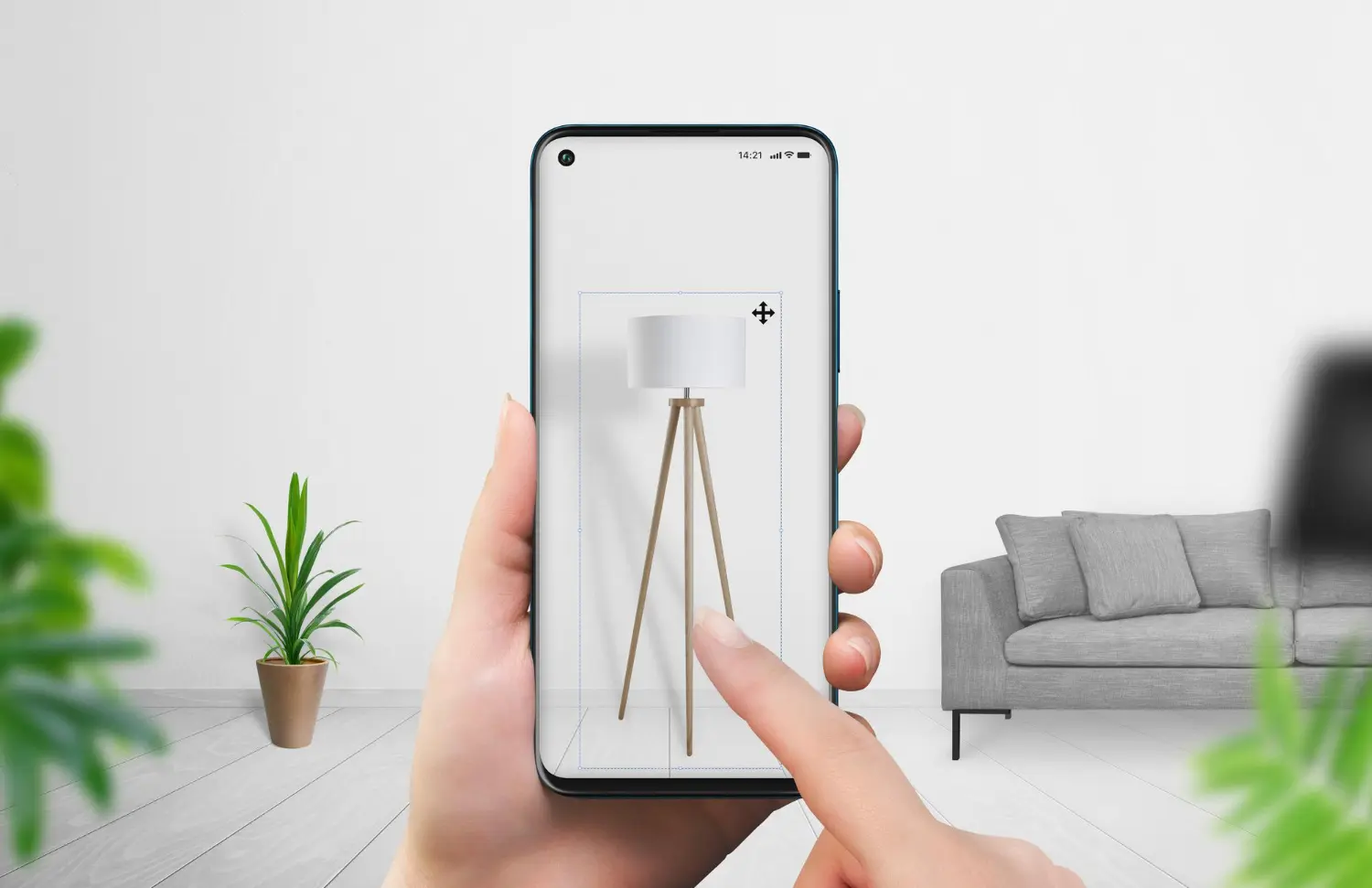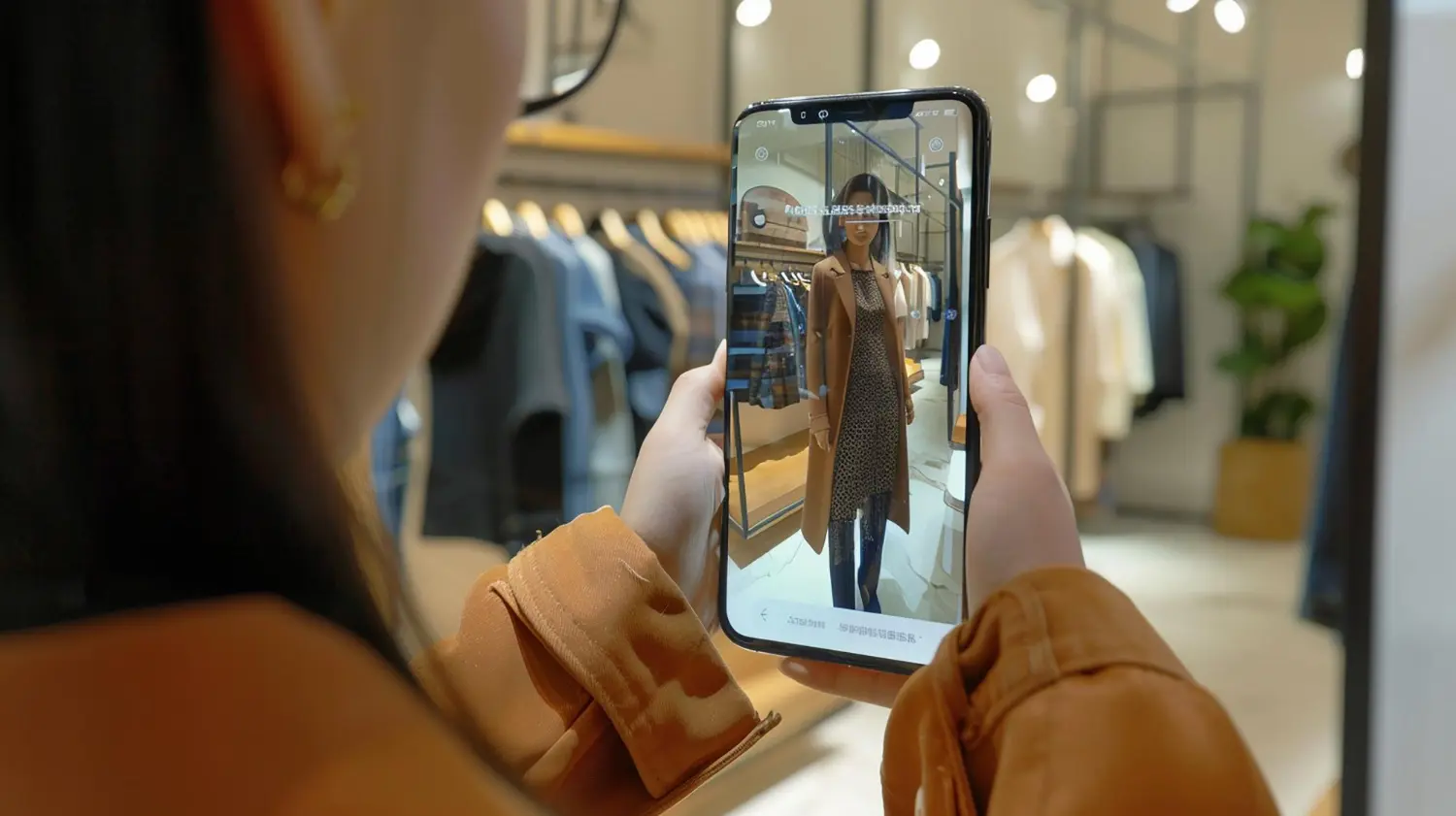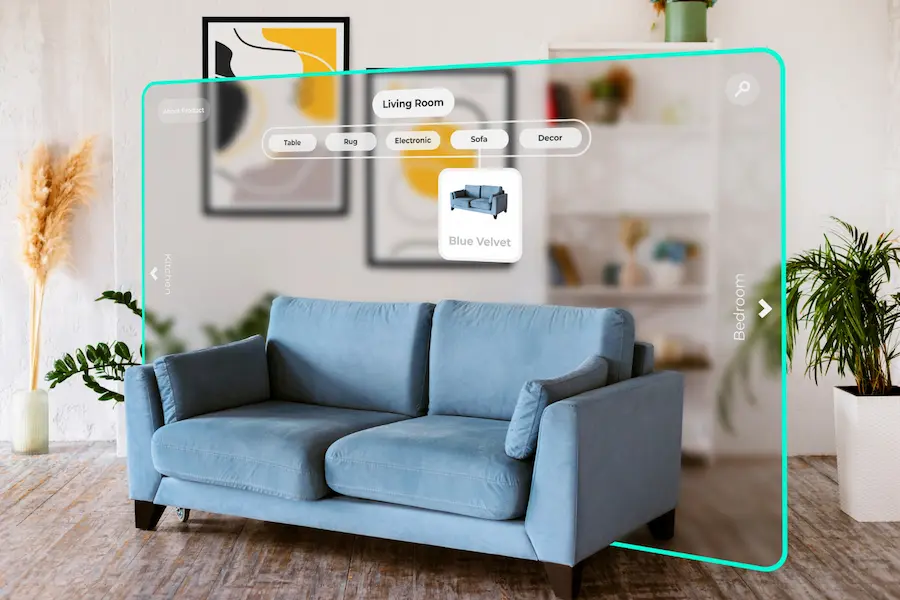3D shopping is transforming the online retail landscape. As consumers increasingly turn to e-commerce, the need for a more engaging, realistic shopping experience has grown. 3D shopping offers a solution by providing an immersive, interactive way to view and purchase products online. This technology is set to revolutionize the retail industry, offering benefits for businesses and customers alike.
3D shopping represents a cutting-edge approach to online retail. It is characterized through technology that allows for the showcasing of products through realistic and interactive 3D models. Unlike traditional static images, this technology allows consumers to view items from multiple angles, zoom in on intricate details, and rotate objects for thorough inspection. By replicating the look and feel of in-store shopping, 3D shopping narrows the gap between online and physical retail, providing a more immersive and engaging experience for customers.
The adoption of 3D shopping is changing the retail landscape in several significant ways:
Enhanced customer experience
By providing a more engaging and interactive shopping experience, 3D shopping helps customers make more informed decisions. Interactive 3D models also keep customers on websites longer, allowing them to feel a stronger personal connection with your product. A recent study found that 56% of consumers polled said that a personalized shopping experience would cause them to make repeat purchases.. This heightened engagement can lead to higher sales and improved brand perception.
Reduced return rates
One of the main challenges of online shopping is the high rate of returns. This stems from the fact that when you’re shopping online, it’s harder to make fully informed decisions about purchases. 3D shopping allows customers to see products more clearly, reducing the likelihood of returns.
Cost savings for businesses
By reducing the need for physical showrooms and stores for customers to view products in, businesses can save on overhead costs. This allows them to invest more in product quality and other aspects of the online shopping experience, such as high fidelity product shots and well-made ecommerce stores.
The benefits of 3D shopping extend beyond enhanced customer experience and reduced return rates. Here are some additional advantages for both businesses and consumers:
-
High-definition product visualization allows customers to see products in a more detailed and realistic way, which helps them make better purchasing decisions.
- 3D shopping can also be customized to suit individual preferences, making the shopping experience more personalized and enjoyable.
- When customers can inspect your products in a high-definition 3D space, they are more willing to trust the quality of the items they are purchasing.
- Your business can more efficiently manage their inventory through the use of 3D models to show off their products, reducing the need for large quantities of physical stock.
- 3D shopping provides new ways for businesses to market their products, including virtual showrooms and interactive advertisements.

Several industries are ready to use 3D shopping to improve their customer experience and increase sales. Here are some notable examples of how to incorporate the technology into different industries:
Furniture
A generic furniture company could offer a 3D product configurator that allows customers to visualize furniture in their own homes. Using augmented reality, customers can see how pieces of furniture will look and fit in their home, making it easier to choose the right products.

Shoes
A shoe retailer might use 3D models to allow customers to customize and view shoes in real-time. This interactive experience lets shoppers select different colors, materials, and styles, and see their changes instantly. This improves the shopping experience and also boosts customer satisfaction and loyalty.
Vehicles
A car manufacturer could implement a 3D car customizer on their website. Customers could select various features, such as paint colors, interior materials, and add-on packages, and see a 3D visualization of their customized vehicle. This interactive tool helps customers make more informed decisions and increases their satisfaction with the final product.
Implementing 3D shopping involves several steps, from creating 3D models to integrating them into your website. Here’s how to begin:
Choose a 3D modeling software
There are several 3D rendering products available for creating 3D models. Choose a software that fits your personal budget and requirements. A good 3D shopping solution will have experts on hand to guide you through which modeling software is best for you.
Create 3D models of your products
You can either create the models yourself if you have the skills, or hire a professional 3D modeling service. Ensure that the models are high-quality and accurately represent your products.
Optimize the 3D models
It’s important to optimize the models so they load quickly and smoothly on your website. This involves reducing the file size without compromising on quality.
Integrate the 3D models into your website
Embed the 3D models directly into your product pages. This can be done using various plugins and tools that support 3D content on websites.
Test and refine
Before launching, test the 3D models on different devices and browsers to ensure they work seamlessly. Gather feedback from users and make the required changes.
While 3D shopping offers numerous benefits, there are also challenges to consider:
- Creating and optimizing high-quality 3D models can be technically challenging and time-consuming. The process of developing accurate 3D representations involves detailed work, requiring skilled professionals and specialized software.
-
Initial setup costs for 3D modeling and integration can be high. This includes purchasing or licensing 3D modeling software, hiring professionals to create the models, and integrating these models into the e-commerce platform.
- Large 3D files can slow down page load times, affecting the user experience. Fast loading times are critical for keeping visitors on the site and encouraging them to make purchases.
- Some customers may be hesitant to adopt new technology and may need time to get used to 3D virtual shopping. Offering tutorials, help guides, and responsive customer service can ease this transition and encourage broader adoption.

The future of 3D shopping looks promising as technology continues to advance. Here are some trends to watch:
- Augmented reality technology is becoming more popular in retail, allowing customers to view 3D models of products in their real-world environment. This technology is expected to become more widespread and sophisticated.
- Virtual reality technology offers even better shopping experiences, allowing customers to explore virtual shopfronts and interact with products in a virtual environment, all from their own perspective. VR also creates entirely virtual shopping experiences where customers can walk through a store, interact with products, and examine them in detail.
- Artificial intelligence can enhance 3D shopping by providing personalized recommendations and improving the overall user experience. AI algorithms can analyze customer behavior and preferences to suggest products that have proven to be more likely to appeal to their demographic.
As more businesses see the benefits of 3D shopping, we can expect to experience wider adoption across various industries. The technology's ability to enhance customer experience, reduce returns, and increase sales makes it an attractive option for retailers.
Conclusion
3D shopping is set to revolutionize the retail industry by providing a more engaging and realistic online shopping experience. By leveraging 3D models and interactive technology, businesses can enhance customer satisfaction, reduce buyers remorse, and overall increase profits. As technology continues to evolve, the possibilities for 3D shopping are endless.
3D Source can help you implement this innovative technology and take your online store to the next level. Learn more about our unique 3D virtual shopping solutions.





